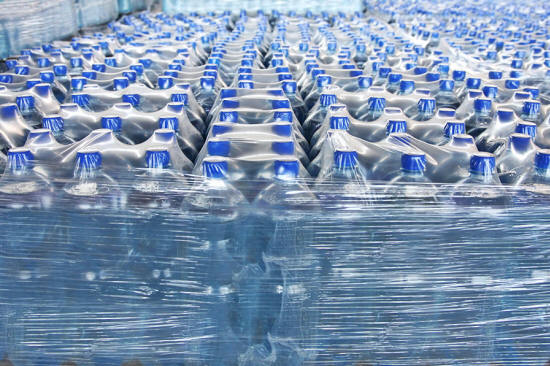|
Of the 24,520 suspect chemicals found to be present in bottled water, the one that showed consistent results and illustrated anti-androgenic and anti-estrogenic activity is di(2-ethylhexyl) fumarate (DEHF).
Endocrine disruptors are chemicals that can interfere with the hormone system.
They can cause cancerous
tumors, birth defects, cardiovascular disorders, metabolic
disorders, and as mentioned earlier, other developmental disorders.
They determined that
bottled water could contain serious amounts of EDCs that should be a
cause for concern.
Using a similar approach,
a series of studies reported a widespread estrogenic contamination
of commercially available bottled water...
Non-target high-resolution mass spectrometry pointed towards maleate and fumarate isomers as promising candidates and subsequently enabled the identification of di(2-ethylhexyl) fumarate.
Because its concentration is too low to explain the observed activity, other compounds must contribute.
However, further maleate/fumarate
isomers are not only biologically active but structurally highly
similar to phthalates. Hence, we speculate these compounds might
represent a novel, so far overlooked group of EDCs.
With previous studies focusing on estrogenicity, the present work provides evidence for an additional contamination with steroid receptor antagonists.
Using an optimized extraction procedure, we detected antiestrogens and antiandrogens in the majority of analyzed bottled water products.
Moreover, the antagonist
activity was very potent. An equivalent of 3.75 mL bottled water
inhibited estrogen and androgen receptor by up to 60 and 90%,
respectively...
This demonstrates that a
popular beverage is contaminated with diverse-acting EDCs. (1)
Apart from that, you can purchase water filters that take out the chlorine and fluoride from your water. They're easy to find and, with a little research, can be relatively inexpensive.
If you're interested, shoot us an email and we can help you out in your search. 24,000 chemicals is a lot of chemicals to be putting into your body.
I'm not saying all of them are harmful, but who would want to take that chance?
It's not uncommon for us
to taste some of these chemicals within the water that comes from
the plastic, especially if you leave the bottle in the sun for a
short period of time.
|


